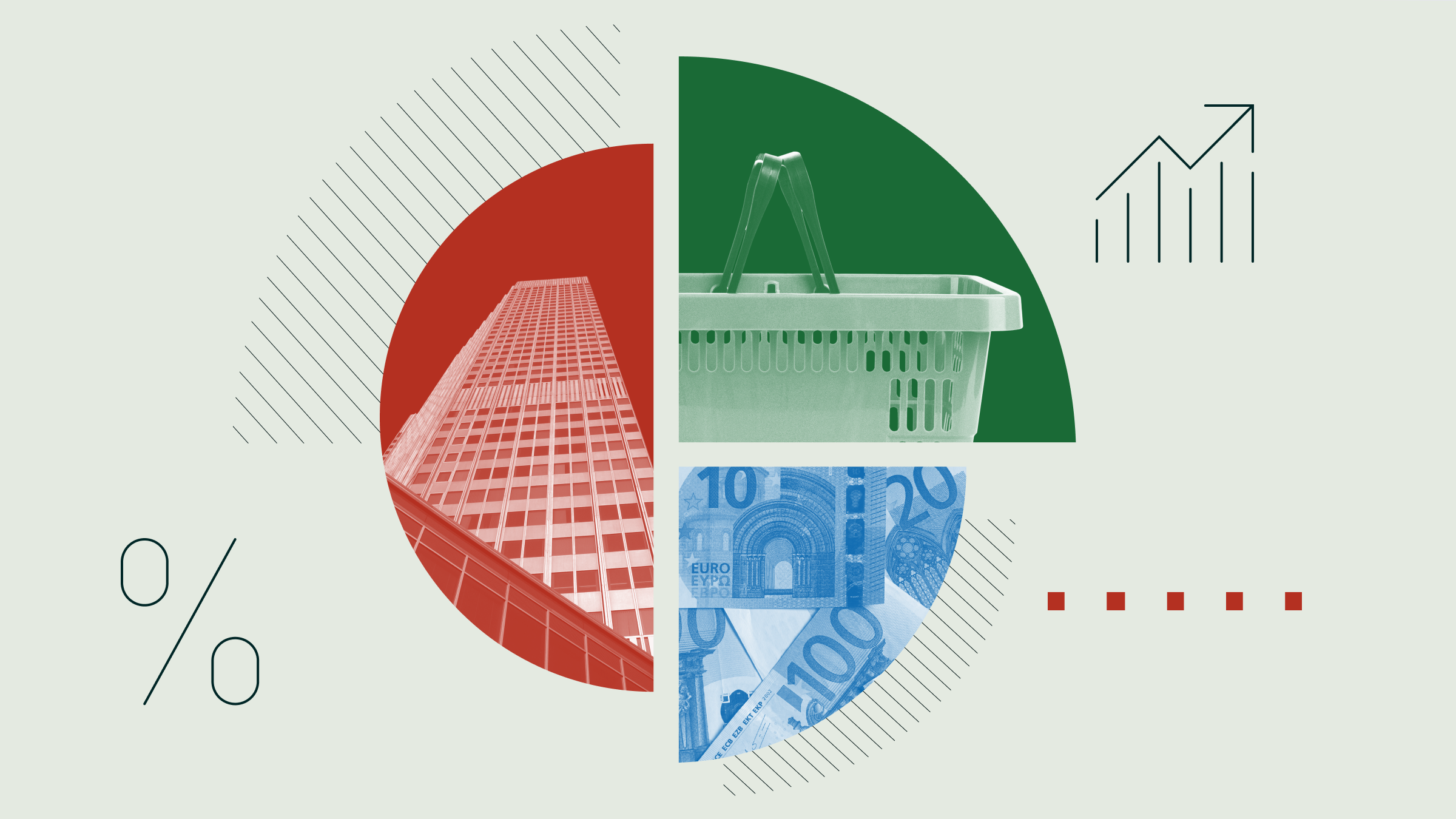
It's been 25 years since the inception of the Alternative Investment Market. The junior stock market has often been dubbed a "Wild West" for investors but has also been the home to some remarkable stories of success. We round up 25 facts you may not know about Aim:
25 Facts about Aim
1. The Alternative Investment Market (Aim) was launched on June 19, 1995.
2. A sub-market of the London Stock Exchange, it replaced the Unlisted Securities Market (USM), which had been in place since 1980.
3. At launch, there were just 10 companies listed on Aim, with a combined valuation of £82 million.
4. Today, there are more than 800 companies on the market, with a combined valuation of more than £70 billion.
5. The latest company on Aim, Fevertree (FVR), is now worth £2.1 billion alone, accounting for 8.11% of the index. It is followed by Asos and Abcam (ABC), with market caps of £1.69 billion and £1.58 billion respectively.
6. The Aim All Share index is down 8% year to date, compared with an 18% fall on the FTSE All Share.
7. Over 10 years, performance is less impressive. While the Aim All-Share is up 43% over the past decade, the FTSE All-Share has climbed 80%.
8. The market may also be less impressive to income seekers, with a current dividend yield of 1.52% compared with around 5% from the FTSE All-Share. Still, fund managers such as Gervais Williams, say it is the ability of Aim firms to grow their payout year-on-year that makes them enticing to income-seekers.
9. As with the FTSE, there are a number of Aim indices including the Aim 100 and Aim 50, which comprise the largest 100 and 50 stocks listed on Aim by their market capitalisation respectively.
10. So far in 2020, just three companies have floated on Aim: corporate restructuring specialist FRP Advisory (FRP), glasses and sunglasses maker Inspecs Group (SPEC), and pubs and property firm Barkby Group (BARK).
11. Aim has been branded the “Wild West” of the London Stock Exchange, because of a number of scandals and company collapses of firms listed on the market, as well as its regulation being more “lighter touch” than the main market.
12. Aim was previously associated with spurious dot-com era firms and small mining companies but today has a broader scope of businesses listed on it.
What Companies List on Aim?
13. Healthcare stocks currently make up 16.4% of the Aim All Share index, tech stocks account for 14.1% and food and beverage firms 10.6%.
14. More than three-quarters of the stocks listed on Aim are UK-based and 13% in Jersey.
15. Some of Aim’s biggest success stories include online fashion retailers Asos (ASC) and Boohoo (BOO). Asos shares listed in October 2001 at 24p and today trade at 3183p (having once peaked at £71). Boohoo shares have grown from 70p when they listed in 2014 to 422p today.
16. Premium mixer drink maker Fevertree has been another notorious success. Its shares listed on Aim at 165p in 2014 and peaked at 3831p in September 2018 – a staggering rise of more than 2,200%. Today the shares trade at 2044p.
17. Often successful companies graduate on to the main market after a time. Aim alumni include Domino’s Pizza Group (DOM) and Plus500 (PLUS), both of which now sit on the FTSE 250.
18. Among the top-performing stocks on Aim this year is Novacyt (NCYT), an Anglo-French biotech firm whose share price soared 20-fold on sales of a Covid-19 test.
19. Gold mining firms listed on Aim have also performed well in 2020, according to Lee Wild, head of equity strategy at Interactive Investor: “This is on the back of a rally in gold prices, as investors raced to buy the perceived safe haven asset to mitigate the effect of heightened stock market volatility.” He points to Greatland Gold (GGP), whose share price has soared 600% this year.
Winners and Losers
20. High-profile failures on the market include Affinity Internet, which listed near the height of the dotcom boom in 1999. Its market cap soared from £12.75 million to an incredible £1.9 billion before it went bust in 2003. More recently, telecoms firm Globo went into administration in 2015 and was investigated for market abuse, accounts falsification and insider dealing.
21. Although you could invest in these stocks through a pension, investors were not allowed to hold Aim shares in their Individual Savings Account (Isa) until August 2013.
22. Investing in Aim shares has some benefits other main market stocks. Aim shares qualify for something known as Business Relief. This means that once you have held an Aim stock for at least two years, it can be passed on free of inheritance tax when you die.
23. Investing in individual shares is not the only way to access Aim stocks, a number of funds focus on this part of the market including the four-star rated Marlborough Micro-Cap Growth fund and the Miton UK Microcap investment trust (MINI).
24. In the first five years Aim existed, the average amount a company listing on the market would raise was £2.8 million, according to Hargreaves Lansdown. Over the past five years the average amount raised was £21.4 million.
25. Since its inception, more than 3,865 companies have raised more than £115 billion on Aim, according to Hargreaves Lansdown research.



















